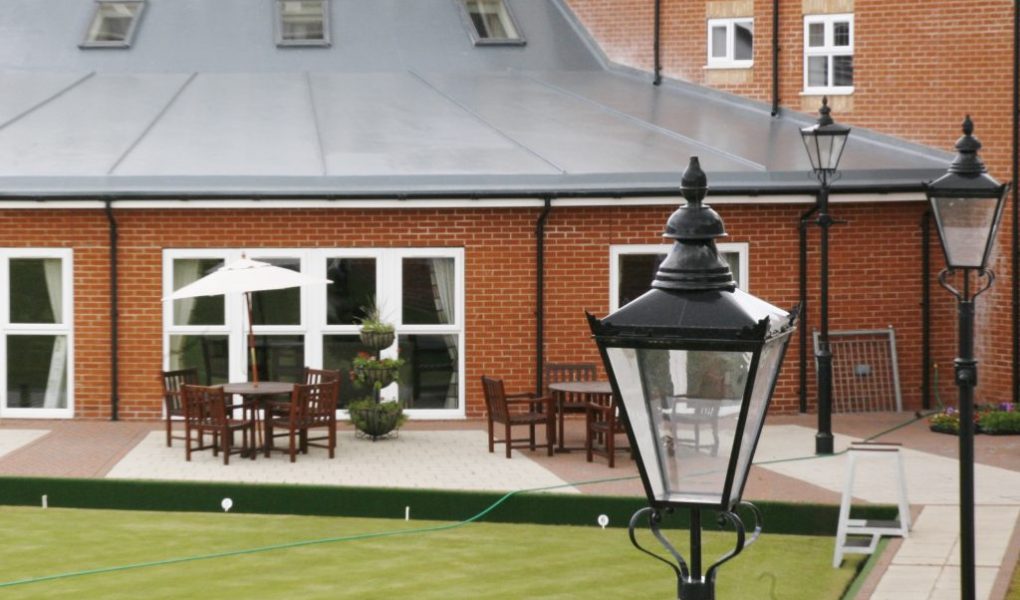Glass reinforced plastic was invented over half a century ago and has been used in buildings, vehicles, aeroplanes and boats for many decades. But ask someone if they would like to tile their roofs with the material and the answer is often a disdainful wince. Why would anyone opt for a plastic roof on a house that used to be covered with beautifully cleaved Welsh slate? Others would suggest that terracotta tiles look attractive, even if they do fall down from the roof in a storm and cut a rose shrub in half.
Type of Material
It’s time to think again. Plastics technology has come a long way from just making plain white roofing covers or pleasure boats that resemble floating bath tubs. GRP, also called glass fibre reinforced plastic (GFRP), is exactly what its name suggests. It is a polymer resin that is reinforced with glass fibres. The product is coated with a primer to ensure the fibres and resin bind together well. The fibres can be aligned in all directions over separate layers in one piece to ensure stiffness and strength.
Versatility
When the material was first used for roofing, customers were enthusiastic about its waterproof qualities but did not care much for the style. Today GRP is fashioned to represent all manner of traditional construction materials and in a wide range of shapes. Tile shapes in all the colours of traditional Welsh slate as well as terracotta are available as is lead-style flashing. In fact, so many perfect reproductions are available these days that people may have seen GRP roofs in their neighbourhood without even realising it.
Robustness
The next question is: how robust is GRP? Plastic materials appear thin and feel light and much less rigid than a standard heavy tile. But the problem with slates and tiles is that they break very easily. Even a small cat on a roof can push one to the ground. They are also not as waterproof as one may imagine. Lead may have been used as a roof sealant since ancient times but it also lets water through top wooden roof beams. At a time when thieves are stealing lead from churches or other buildings, GRP flashing is cheaper, quicker to install and burglar-proof.
Watertight
GRP is probably the only truly watertight roofing material and here you can find the best roofing company. It is designed so that even the ridges and edges are smooth and sealed. Rain will run off the roof into a gutter and drain rather than leaking through cracks into walls. It is also far more resistant to extremes of weather. It will not crack during an unexpected very cold spell in winter and it won’t melt during a hot summer. GRP doesn’t corrode easily either.
Costs
Installation costs for GRP roofing are low. A shape can be moulded to fit any type of roof space. It will not need the heavy supports that have to be built to support traditional tiles. Once this type of roof is installed, it also requires little or no maintenance.




